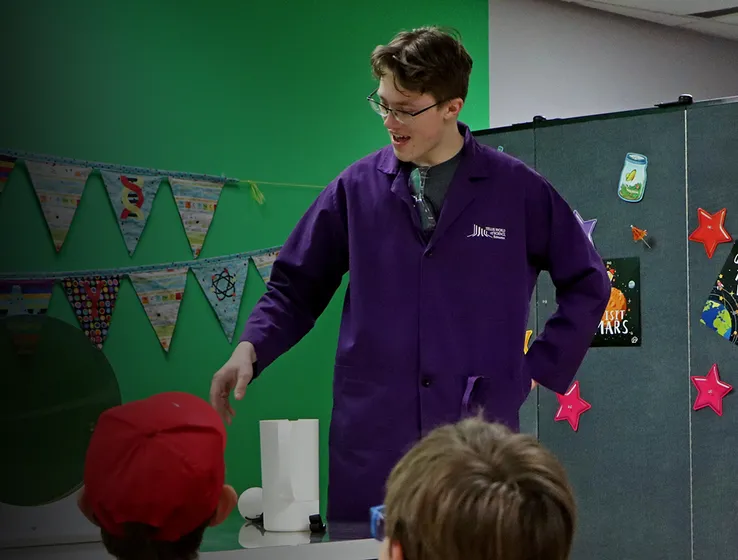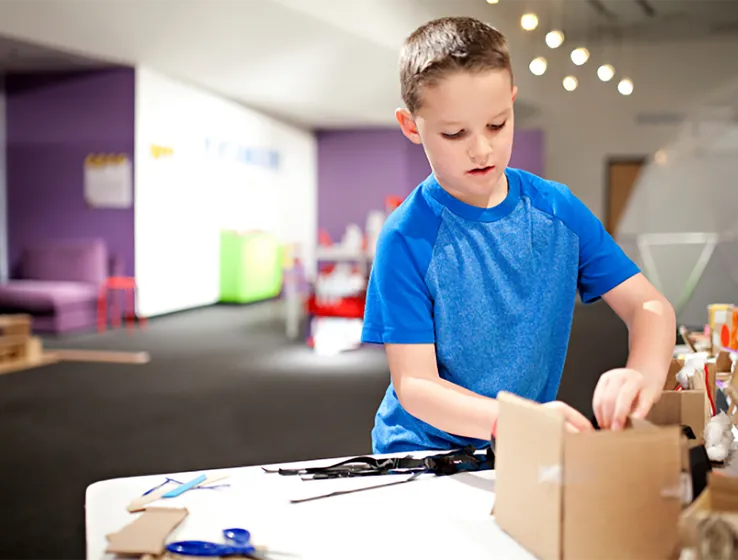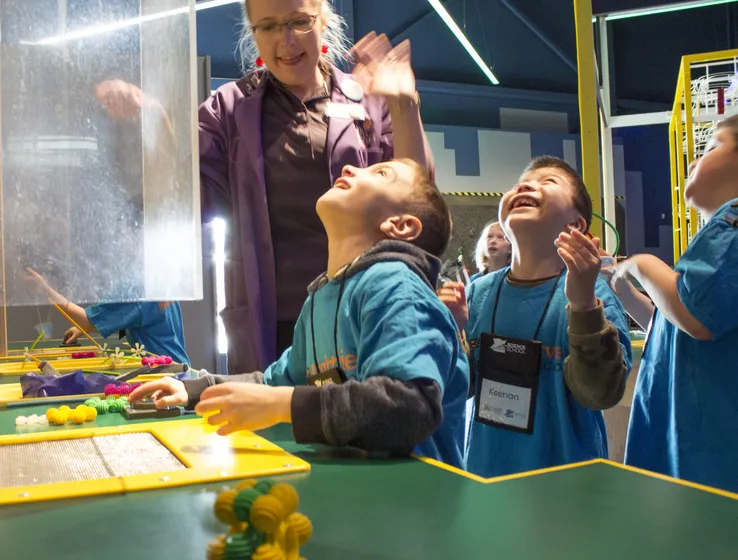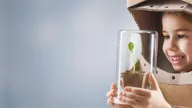-
Just because you can't come to the Science Centre to have fun, doesn't mean you can't have a great time experimenting together at home. Science is EVERYWHERE -- even in your kitchen!
Check out these exciting DIY science experiments you can try using household items:
Where: From the Comfort of Your Home!
Age: All Ages
Entry: FREE
Where: From the Comfort of Your Home!
Age: All Ages
Entry: FREE
DIY Science Experiments

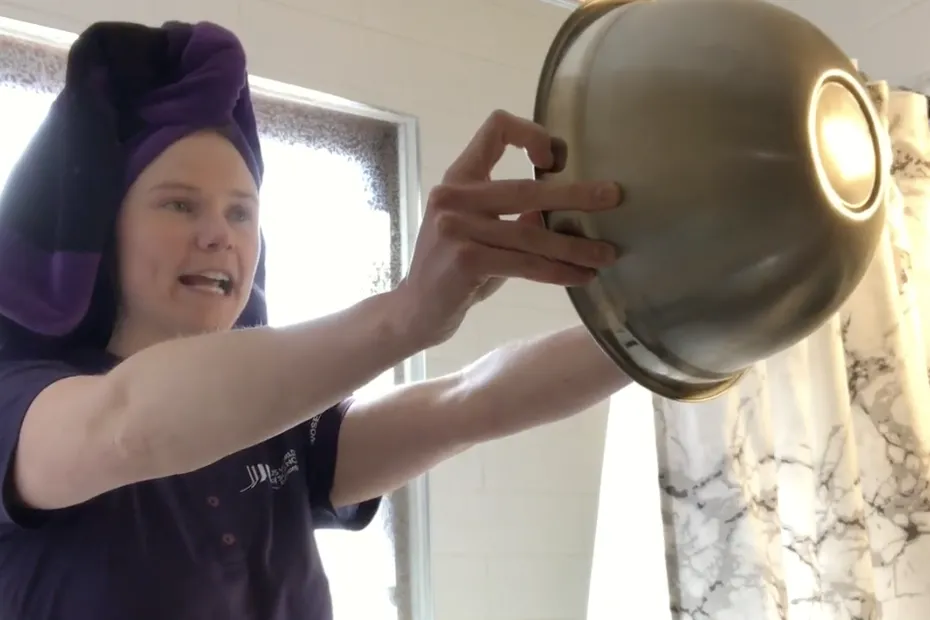
Singing in the Shower
In this experiment you will learn about how sound changes based on surfaces it reflects off of.
What you need:
A metalic bowl
What you do:
- Find different areas in your house and try singing one of your favourite songs
- Note how your voice changes based on the surfaces you find in the room (Tiles, carpet floors, furniture, etc.)
- Hold a metal bowl out at arms length in front of your face and sign into the bowl
- Now move the bowl closer to your face as you continue to sing. Note how your voice changes as the bowl gets closer to you.
Best Curriculum Fit:
- Grade 3 D: Hearing and Sound

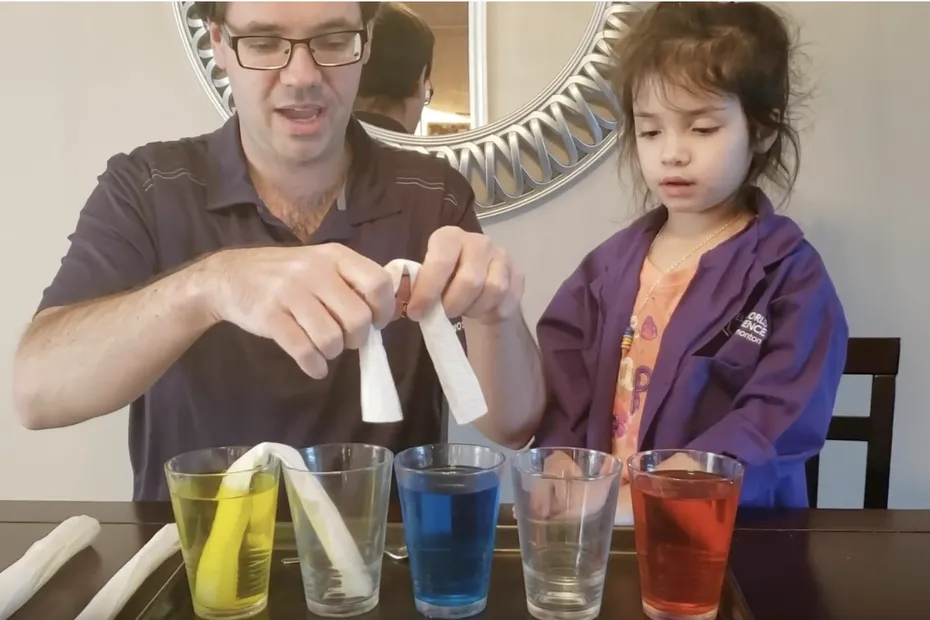
Walking Water
Another experiment displaying the amazing properties of water.
What you need:
5 Glasses
4 Pieces of Paper Towel
Water
Food Colouring (Any Colours You Want)
What you do:
- Fill the first, third, and fifth glass half way with water
- Add your favourite colour of food colouring to the three glasses of water (3 different colours produce the best result)
- Take you 4 pieces of paper towel and roll them length wise
- Place each piece of paper towel between two glasses and ensure the one end is submerged into the water of the filled glasses
- Let it sit over night
Best Curriculum Fit:
- Grade 2 A: Exploring Liquids

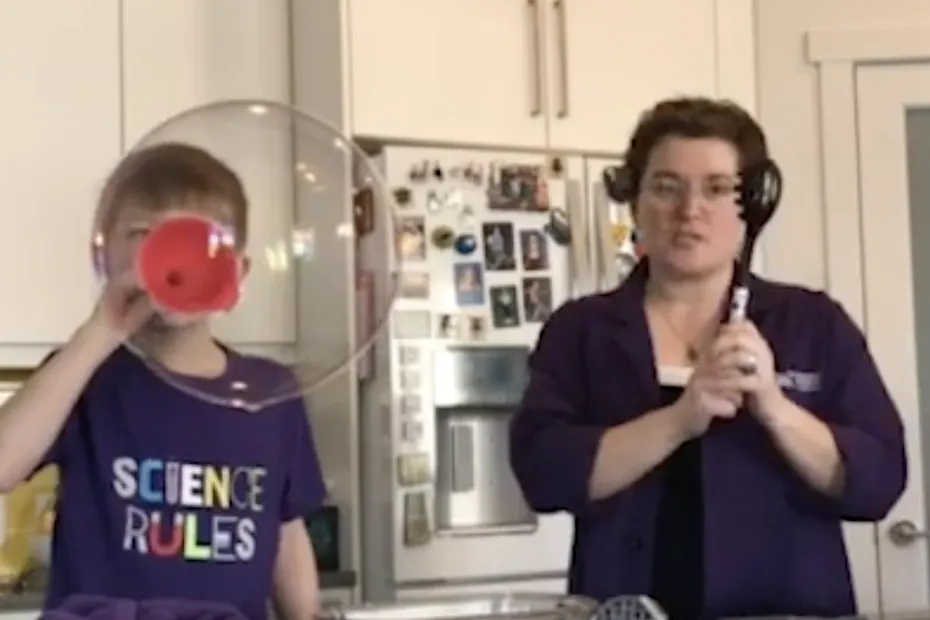
Making Bubbles
Have fun blowing some amazing bubbles and see how many different kinds you can make
What you need:
4 Cups of Warm Water
1 Cup of Dish Soap
1/3 Cup Honey
What you do:
- Dissolve the honey into the warm water
- Mix in the dish soap. *Avoid making bubbles
- Find different items around the house that you can try to blow bubbles with
Best Curriculum Fit:
- Grade 2 A: Exploring Liquids
- Grade 5 C: Classroom Chemistry

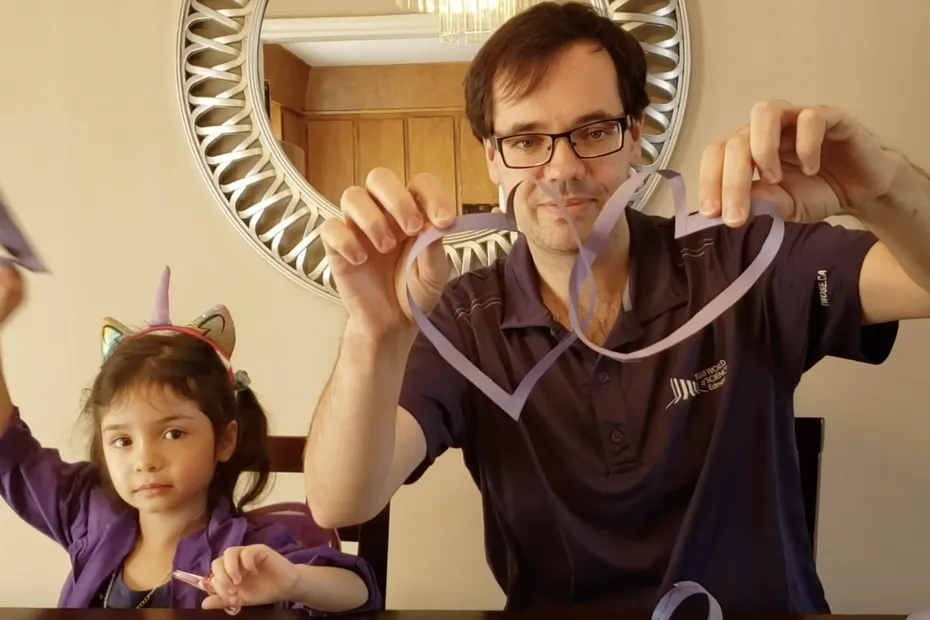
Mobius Strip
Can you make an object with only one side? Discover the amazing properties of the Mobius Strip.
What you need:
a Sheet of Paper
A pair of scissors *adult supervision recommended
Tape
A Marker
What you do:
- Take the sheet of paper and cut some long strips
- Take your strip of paper and fold it over
- With your strip of paper do a half turn and tape the two ends together so that it doesn't come apart
- Take your marker and draw a line along the side of your paper, and keep drawing until you come back all the way back to your starting point!
Best Curriculum Fit:
- General: Math
Even More DIY Science Experiments

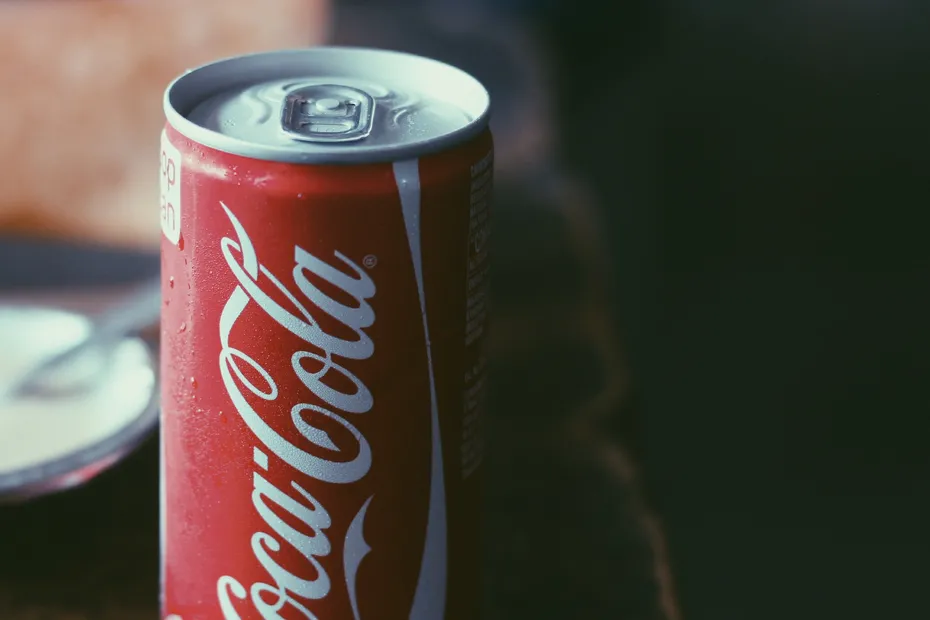
Imploding Can
In this experiment you will learn about air compression.
What you need:
- An empty aluminum can
- Large bowl of ice water
- A pair of tongs
- Stove
What you do:
With the help of an adult, fill the can with 4 tablespoons of water. Next, heat the can on the stove until the water inside starts to boil (or until you can see steam escape the mouth of the can). When it's hot enough, use the tongs to pick up the can and submerge it upside down into the ice water (mouth down) and watch the can implode!

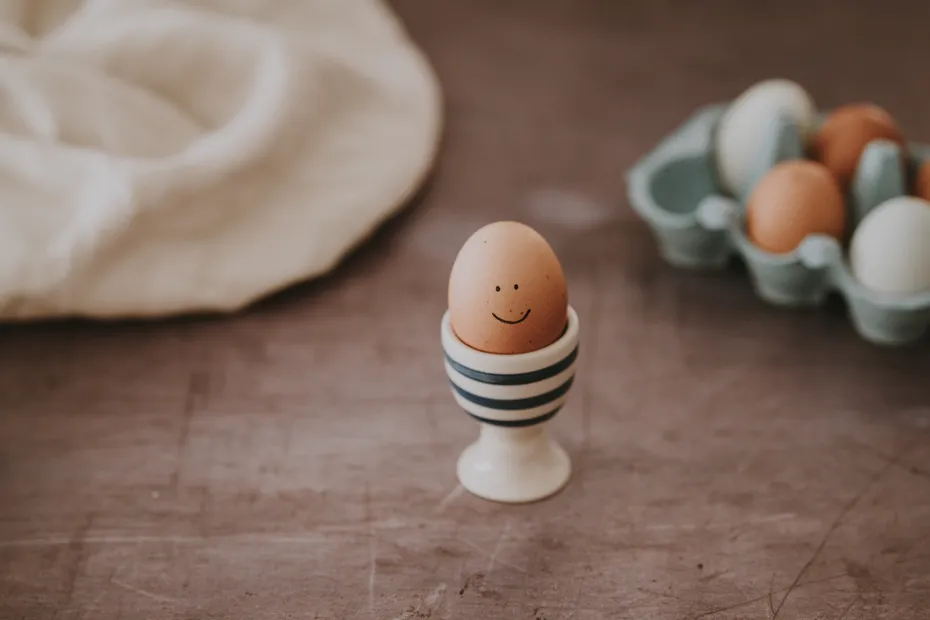
Bouncy Egg
In this experiment you will learn about membranes.
What you need:
- Vinegar
- Raw Egg
- Cup
What you do:
With the help of an adult, put the egg carefully into the cup. Be careful not to break the egg! Fill the cup with vinegar until the egg is completely submerged. Next, let the cup with the egg and vinegar sit for 24 hours -- this experiment requires patience! After 24 hours, remove the egg from the cup. You'll notice the shell will rub off the egg. You can even wash it off under water until the egg is translucent. Examine the egg. You’ll notice that is feels rubbery (like a bouncy ball). What is left of the egg is the soft membrane. Now... lift the egg 1-2 inches in the air, let go and watch it bounce!
Try this: Shine a light on the egg. What are your observations?

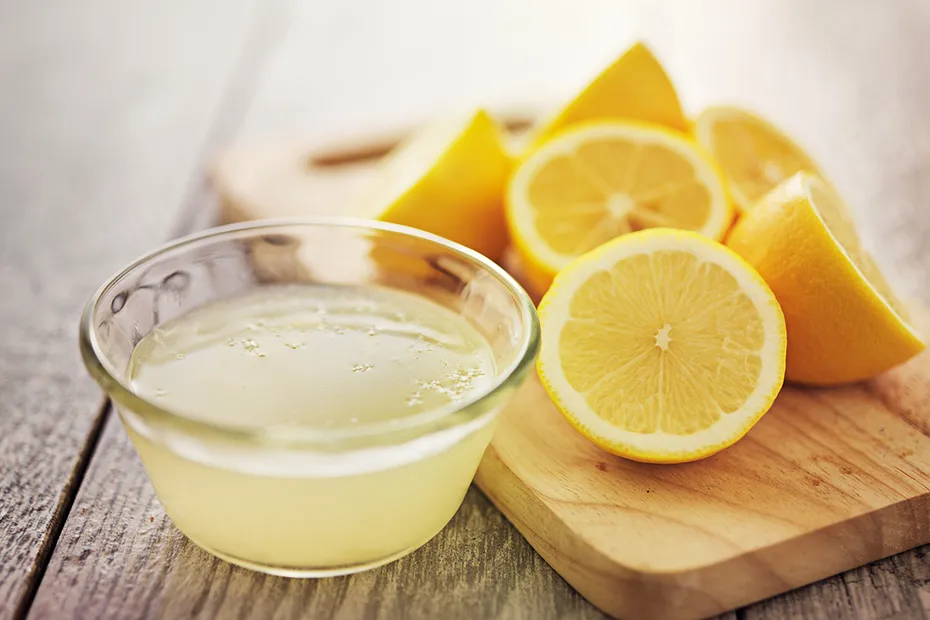
Invisible Ink
See how oxidization can reveal secret messages.
What you need:
- Lemon
- Water
- Cotton Swab
- Paper
- Lightbulb
What you do:
- Squeeze lemon juice into a bowl and add a few drops of water.
- Dip a cotton swab into the mixture and write a message onto a piece of white paper.
- Wait for the juice to dry so it becomes completely invisible.
- When you are ready to read your secret message or show it to someone else, heat the paper by holding it close to a light bulb.
*An adult should always help with this step and proper safety should be observed.
